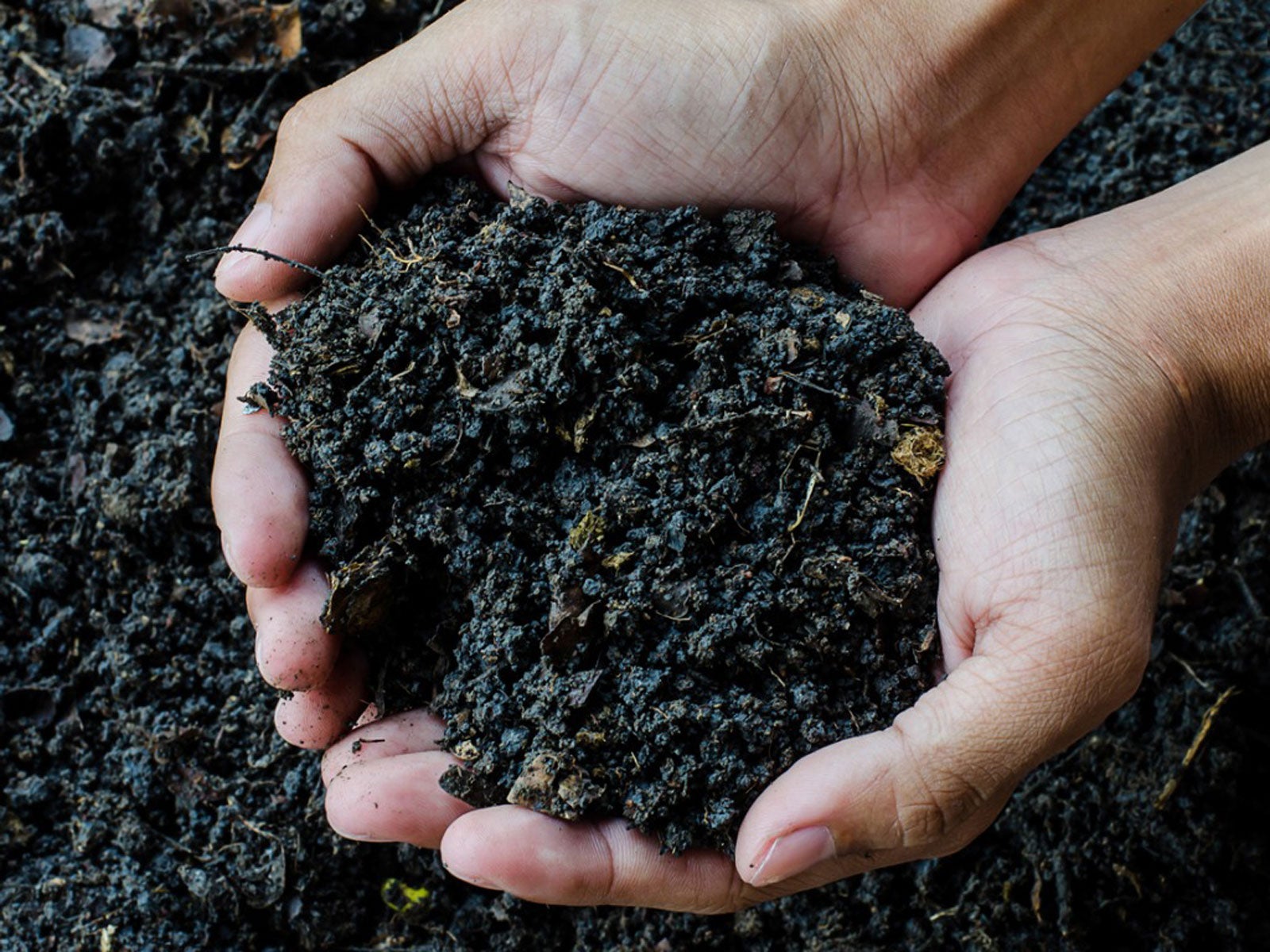Is My Compost pH Too High: What Should The pH Of Compost Be

If you are a passionate gardener, you may have had your soil pH levels checked, but have you ever thought about checking the compost pH range? There are a couple of reasons to check the pH of compost.
When learning how to compost, there are numerous issues that can prevent the compost from being in optimum condition – pH levels are one of those factors. First off, testing compost will let you know what the current pH is and if you need to tweak the pile; that is what to do if the compost pH is too high or how to lower the compost pH. Read on to learn how to test compost pH and amend if necessary.
Compost pH Range
When compost is done and ready for use, it has a pH of between 6 and 8. As it decays, the compost pH changes, meaning that at any point in the process the range will vary. The majority of plants thrive in a neutral pH of around 7, but some like it more acidic or alkaline.
This is where checking the compost pH comes in handy. You have the opportunity to fine tune the compost and make it more alkaline or acidic.
How to Test Compost pH
During composting, you may have noticed that the temperature varies. Just as temps fluctuate, the pH will waver and not just at certain times, but in different areas of the compost pile. This means that when you take a pH of compost you should take it from several different areas of the pile.
The pH of compost can be measured with a soil test kit following the manufacturer’s instructions or, if your compost is moist but not muddy, you can simply use a pH indicator strip. You can also use an electronic soil meter to read the compost pH range.
How to Lower Compost pH
The compost pH will tell you how alkaline or acidic it is, but what if you want it to be more of one or the other to amend soil? Here’s the thing with compost: it has the ability to balance pH values. This means that finished compost will naturally raise the pH level in soil that is acidic and lower it in soil that is too alkaline.
Gardening tips, videos, info and more delivered right to your inbox!
Sign up for the Gardening Know How newsletter today and receive a free copy of our e-book "How to Grow Delicious Tomatoes".
That said, sometimes you want to lower the pH of the compost before it is ready for use. The best way to do this is by adding more acidic materials, such as pine needles or oak leaves, to the compost as it breaks down. This type of compost is called ericaceous compost, loosely translated it means suitable for acid loving plants. You may also lower the pH of the compost after it is ready to use. When you add it into the soil, also add an amendment such as aluminum sulfate.
You can create a very acidic compost by promoting anaerobic bacteria. Composting is usually aerobic, which means that the bacteria that breaks down the materials need oxygen; this is why compost is turned. If oxygen is deprived, anaerobic bacteria take over. Trench, bag, or garbage can composting can result in an anaerobic process. Be aware that the end product is highly acidic. Anaerobic compost pH is too high for most plants and should be exposed to air for a month or so to neutralize the pH.
How to Raise Compost pH
Turning or aerating your compost to improve air circulation and foster aerobic bacteria is the best way to reduce acidity. Also, be sure that there is plenty of “brown” material in the compost. Some folks say adding wood ash to compost will aid in neutralizing it. Add several layers of ash every 18 inches (46 cm.).
Lastly, lime can be added to improve the alkalinity, but not until after the compost is finished! If you add it directly to the processing compost, it will release ammonium nitrogen gas. Instead, add lime to the soil after the compost has been added.
In any case, amending the pH of compost is not generally necessary since compost already has the quality of balancing pH values within the soil as needed.

Amy Grant has been gardening for 30 years and writing for 15. A professional chef and caterer, Amy's area of expertise is culinary gardening.
-
 Looking For Plants To Give You The Soft And Fuzzies? Try These 5 Fuzzy Leaf Plant Options
Looking For Plants To Give You The Soft And Fuzzies? Try These 5 Fuzzy Leaf Plant OptionsLovers of texture, drama, silver foliage and tactile plants will adore these special sensory garden additions. These fuzzy leaf plant options will leave you all aglow
By Susan Albert
-
 Get Ready For A Summer Of Hummers! Grow These Full Sun Hummingbird Plants and Flowers
Get Ready For A Summer Of Hummers! Grow These Full Sun Hummingbird Plants and FlowersIf you’re lucky enough to enjoy a sunny backyard, make sure you are maxing out on your pollinator opportunities and grow these full sun hummingbird plants and flowers
By Tonya Barnett